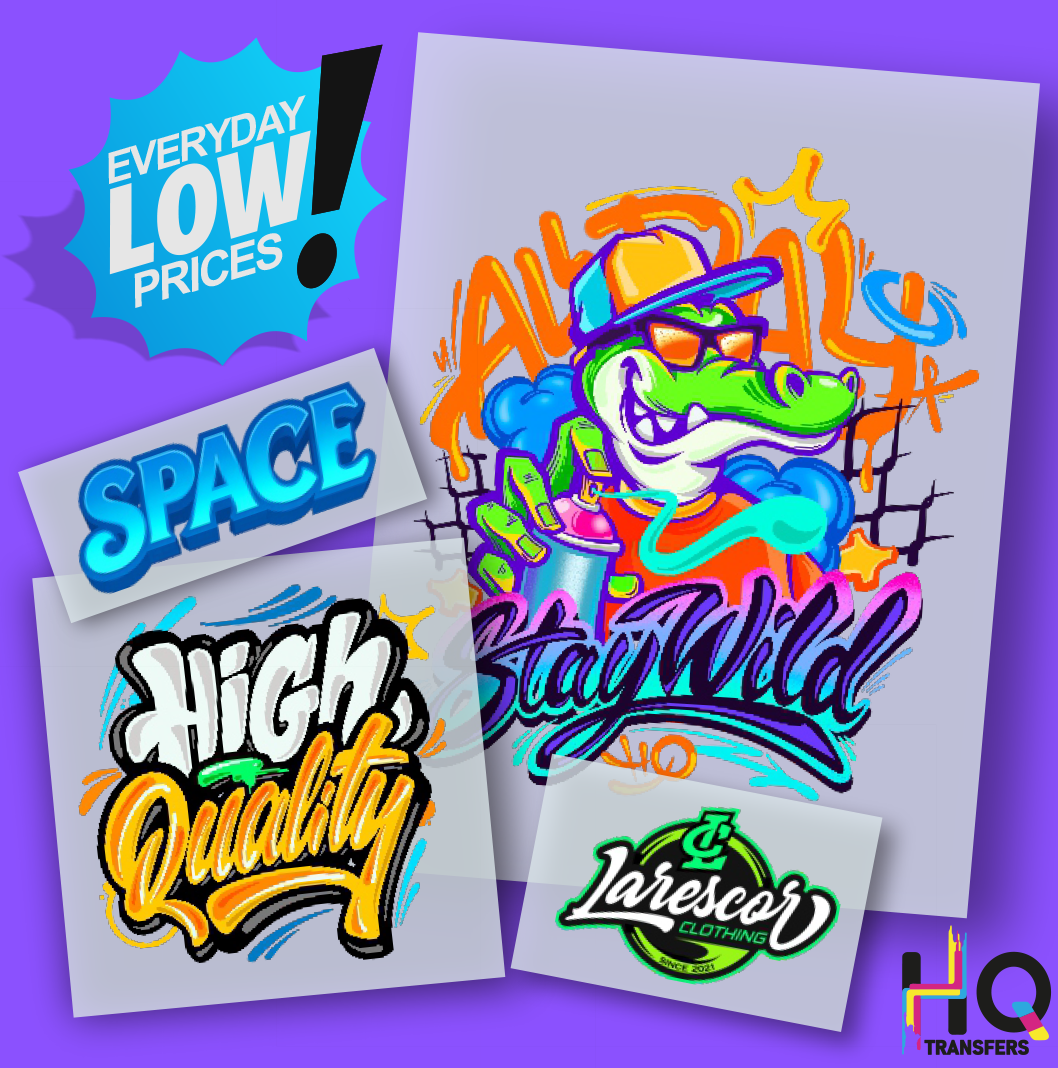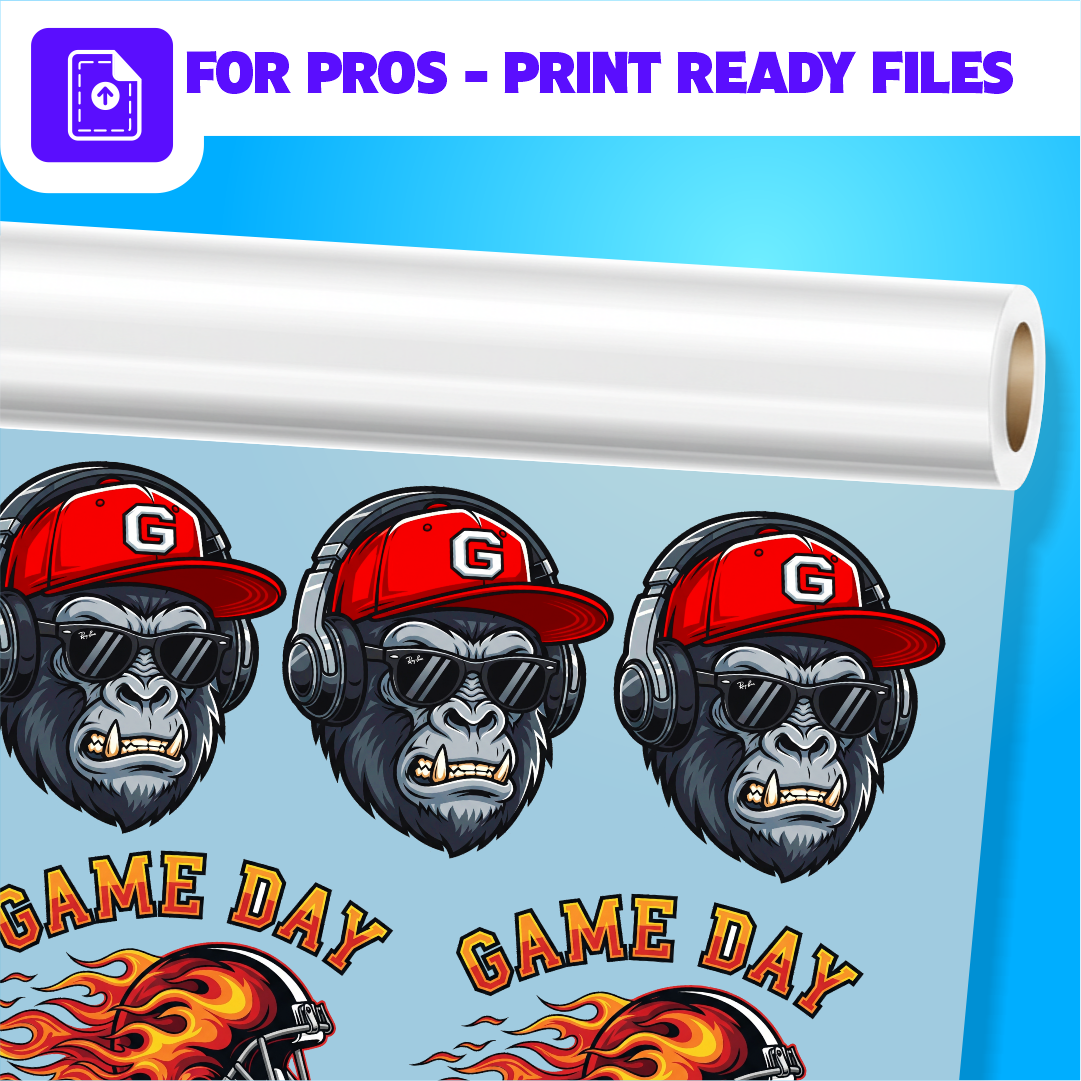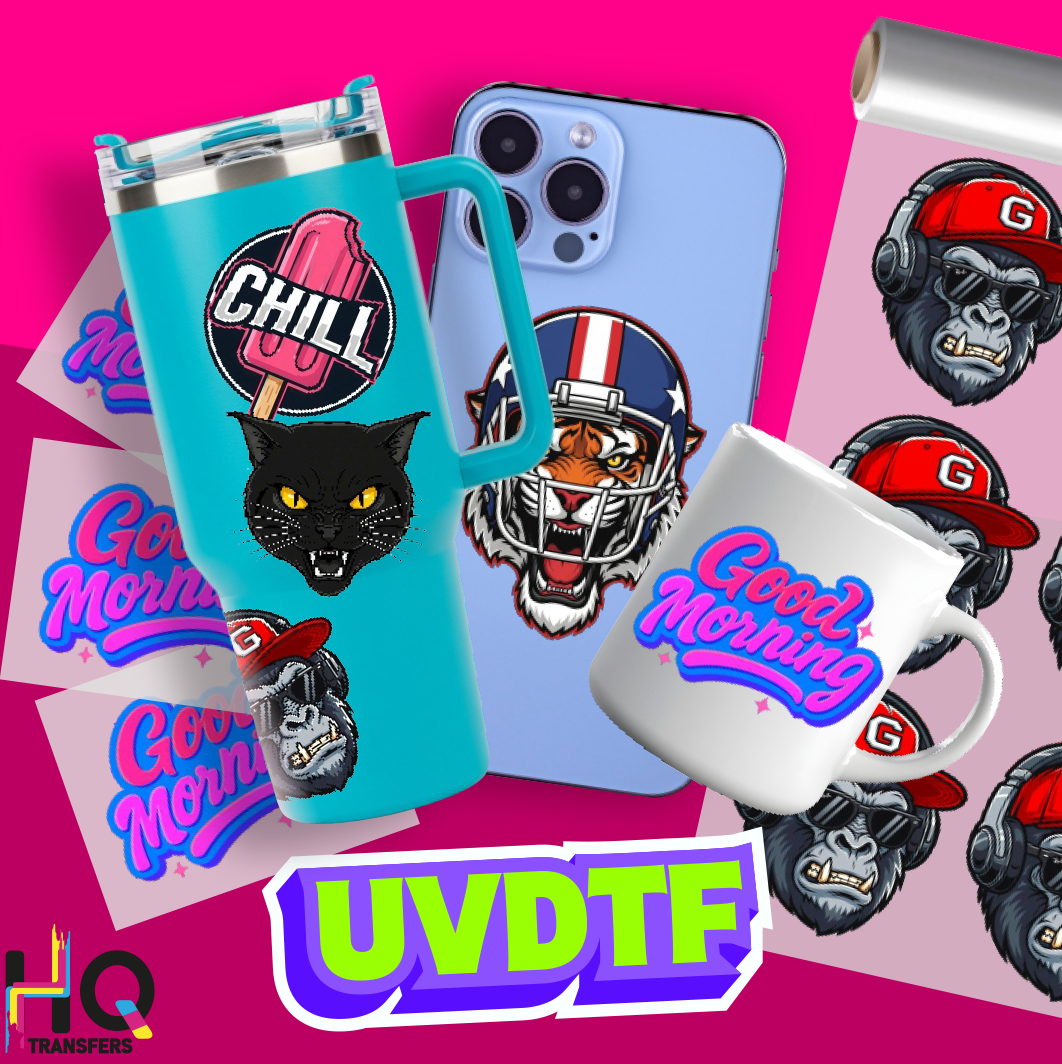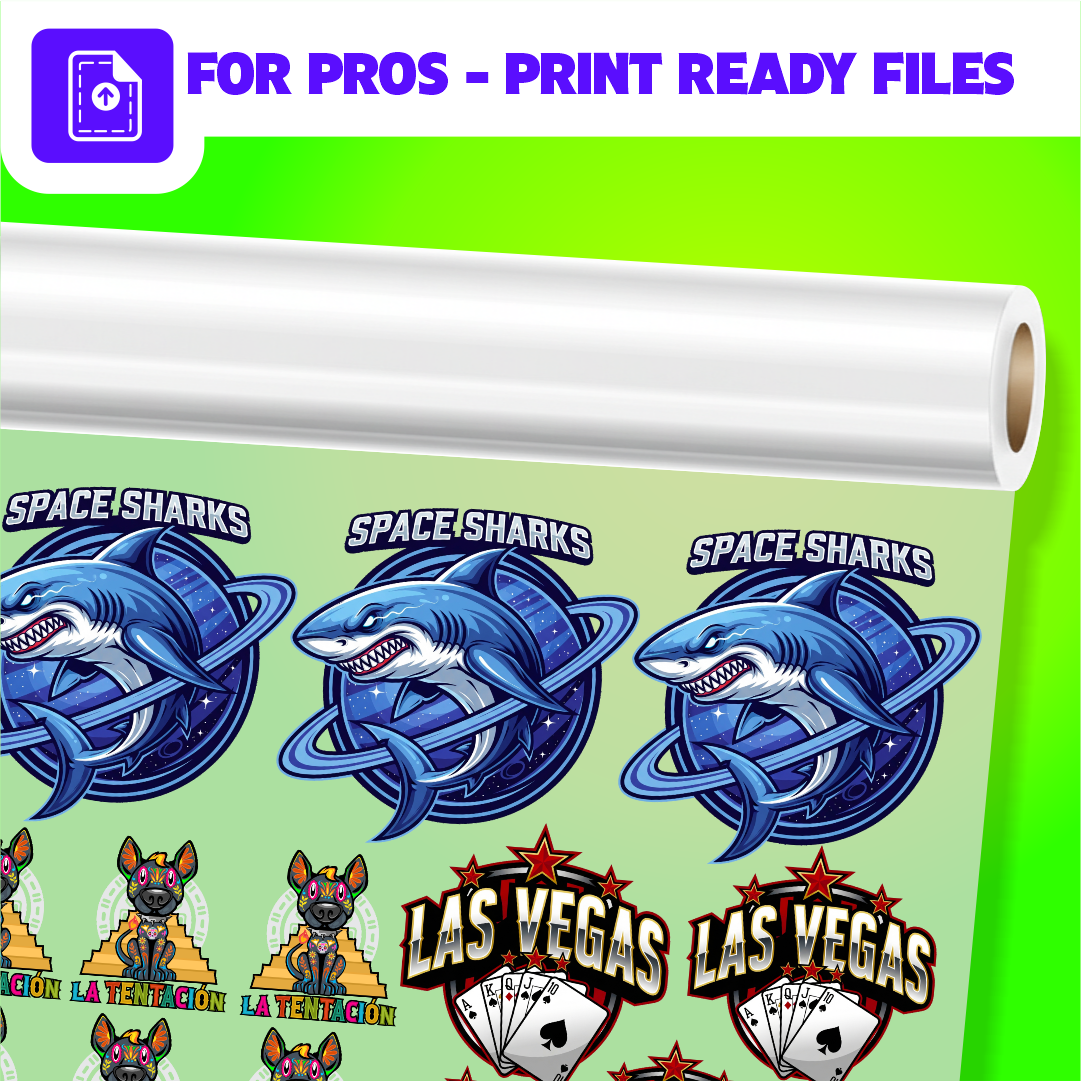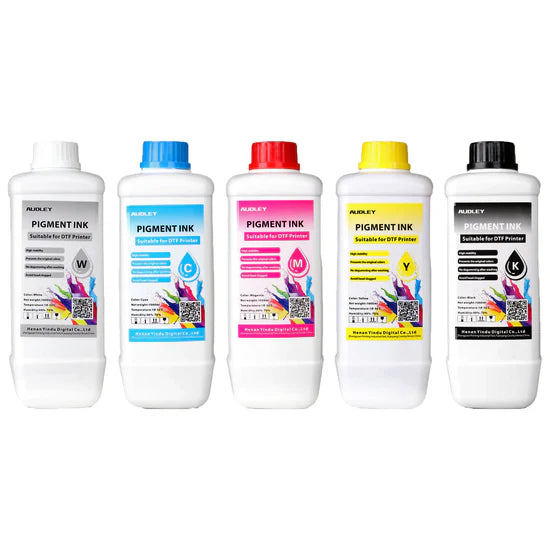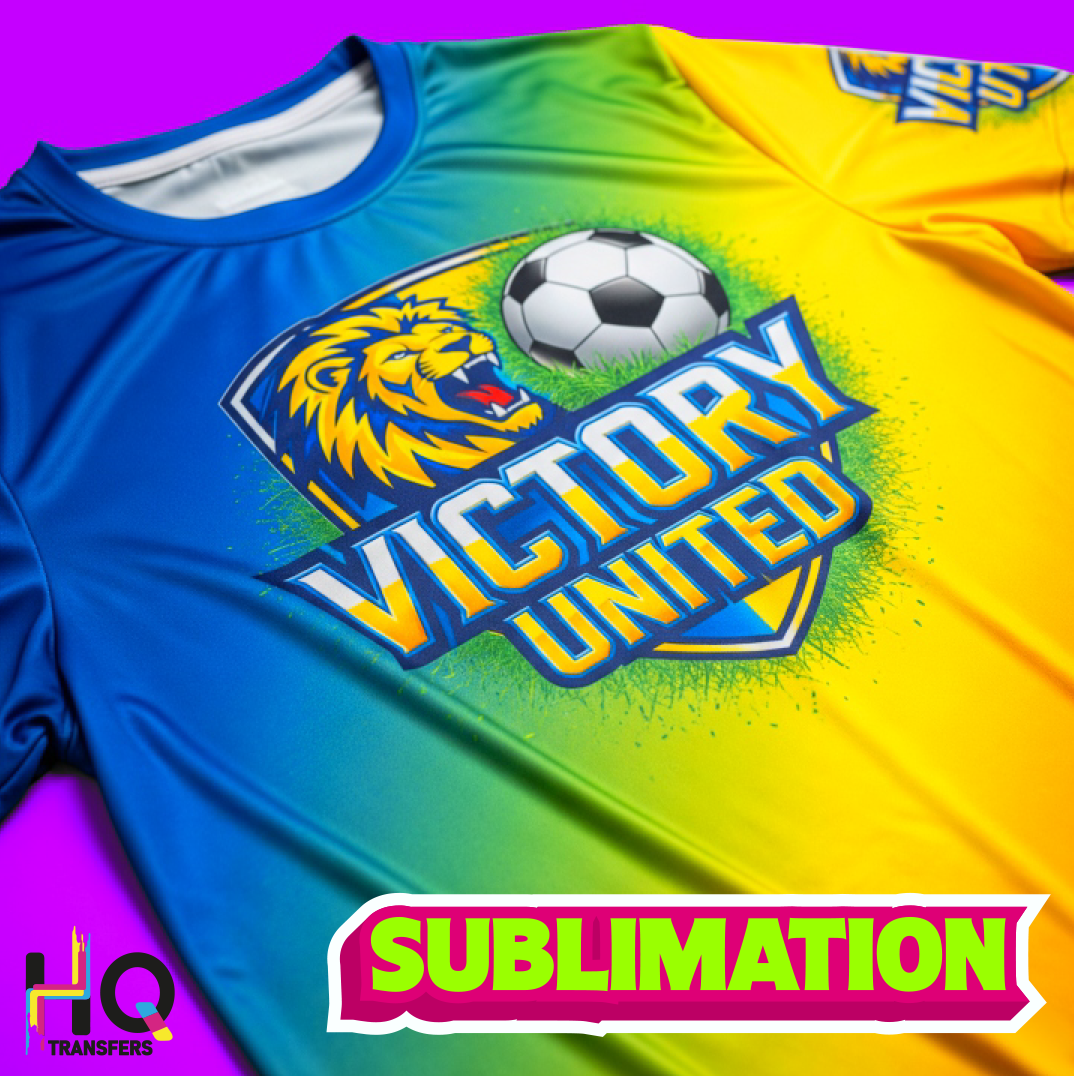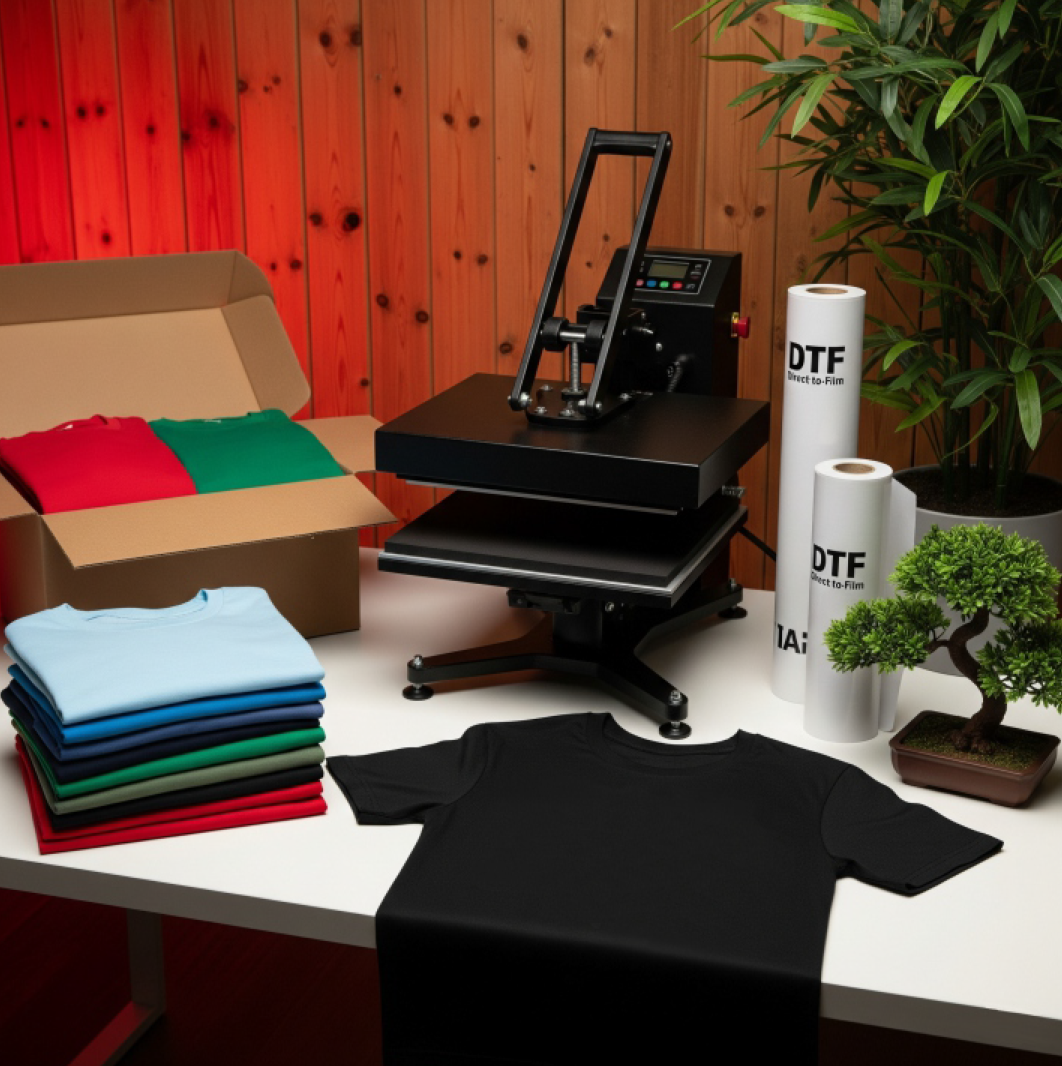Color accuracy is vital in any custom printing. If the client expects their brand colors on shirts, mugs, or promoter gear, any slight color change could lead to loss of credibility. Therefore, the leading print shops consider DTF color charts and DTF printing color swatches an absolute must in order to help fulfill (and sometimes over-fulfill) client expectations.
Here's how DTF printing color charts are used and why you should use them, especially if you want to buy DTF color swatch online and make your workflow easier.
What is a DTF color chart and why it matters?
A DTF color chart is a sort of physical or printed goof sheet that can be used to reference how inks and transfer processes reproduce different colors on the actual matter (film + substrate + fabric). Instead of depending on what appears on screen, shops print swatches or charts using their real production process. Essentially, a color chart is a "real-world preview" for pressing a color onto a garment.
Why it Matters:
- Monitors generally use RGB or different color spaces. Printers and DTF processes use CMYK (plus white and maybe some other special layers), which can produce colors that differ a lot from what you may see on-screen.
- This difference also depends on different types of film, inks, heat press settings, or even the garments themselves (cotton, poly blends, dark vs light fabric). So the lighter colors on the chart might look darker on the garment itself.
- Without having a color chart accepted and signed by either a designer or a client, the colors for print will all be different and rejected, leading to missed deadlines, wasted materials, and unhappy clients.
How print shops use the color chart in their workflow
Here are ways top-tier print shops incorporate DTF color charts / swatches:
1. Design & approval stage
Whenever a client provides a brand artwork or logo, the design team or operator will consult a printed color swatch / chart to determine a closest matching ink value or the CMYK/spot color equivalent. This is instead of using hypothetical value creation. They would be able to compare the actual printed swatch set of colors against a digital file.
They can also exhibit these printed swatches to the clients for checking and approval-until the client is very happy with how they have seen the color being printed. This builds clients' confidence and reduces further revision cycles.
2. Calibration & Consistent Results
Physical swatches are excellent aid to calibrate printers and assure that DTF printing remains consistent over time. When inks or films change (new batch, new supplier, different film type), they can print the chart again to observe how colors shift. Ensuring consistency each time.
During gang sheet printing (where several designs go on one sheet or roll), they can use the swatch to check if all designs print the same.
3. Test Run and Proofing
Before the big runs or projects, print shops will run the color chart on a film + substrate combination of production. Press onto a blank garment or test sample, which then forms a proof for the client.
If any color is off, ink profiles can be defined, CMYK or some other value can be adjusted, or heat/pressure can be adjusted before they are set to commit. It saves time and unnecessary waste.
4. Quality Control & Documentation
Usually after the swatch is pressed onto a normal test sample, some print shops keep it as a reference in the studio or production area. They may then periodically re-press the same swatch to check for drift (that is, if colors change with time). This helps keep up their standards for consistency.
For reorders or repeat orders made for the same design, the shop will go to this same saved swatch to exactly match previous output. This way, they ensure brand consistency for multiple orders or seasons.
Benefits of using color charts for client satisfaction
Using DTF color charts / swatches brings major advantages:
|
Benefit |
How it helps with client satisfaction |
|
Color accuracy |
Clients see exactly what will be printed, reducing surprises, revisions, or complaints. |
|
Faster approval |
Physical swatch lets clients approve colors faster, reducing back-and-forth revisions. |
|
Reduced waste |
Fewer misprints or runs that don’t match expectations → lower cost, faster fulfillment. |
|
Brand consistency |
Reorders match earlier runs for clients who need identical output across batches. |
|
Professional image |
Demonstrating you use real swatches conveys seriousness, precision, and reliability. |
How to buy or create DTF color swatch / chart
If you want to incorporate this in your print business or just test before committing, here are options:
-
Buy a Ready-Made Color Swatch Online
There are many suppliers who offer printed color charts or color swatches that use the same inks, films, and process as the normal production. You just have to order one to test in your studio or to present to a client.
This is very useful for those fresh in their printing profession or shops wanting to be sure that their design colors correspond to the physical output at hand.
2. Download Digital Charts
Some propose download options for color chart templates (such as CMYK values or printable PDFs) for loading into design software with which to tweak color values, or substitute artworks prepared with the use of those reference values.
In turn, you can go ahead and print this color chart yourself following the same process to create your own swatch.
3. Regular Updating
Since any material (film, ink, garment) or even machine calibration might drift with the passage of time, it would therefore be a good idea to reprint your color chart occasionally, either whenever you change materials or whenever you start noticing a color shift. That way, your swatch stays true.
In case print shops or custom apparel brands are in need of trustworthy swatches or color charts, the product from your own shop via the Color Swatch/color chart product offered on your website is quite reliable. Several points are presented to support this selection:
- It gives you color swatches that are professionally printed on the same film and ink system, giving you a true test of what will eventually be the final print of the product.
- You can easily buy DTF color swatch online, order a color chart for your print studio or design approval workflow.
- Having a physical swatch available to show clients or keep on hand ensures consistent results across orders and builds trust with clients who expect exact brand colors. • It helps print shops reduce reprints, reduce waste, speed up approvals, and improve overall quality control.
Best practices for using the color swatch effectively
Making a printed DTF color swatch most valuable, print shops strictly observe to-the-point rules as follows:
1. Press on the Same Garment / Substrate: The color chart should be printed on the same fabric that will be used for the end product (for example, a cotton/poly blend or a specific blank) so one would know how the colors react on that fabric.
2. Under Correct Conditions: Consistent heat, pressure and peel settings (hot peel vs cold etc.) should be used so that the color swatch reflects the actual production conditions.
3. Use in Design Software: The colors of the printed swatch can be sampled (for instance, by scanning or measuring) and then converted into design CMYK or spot values. These values can be used for the artwork so that one gets matching print output.
4. Keep a Reference Library: The pressed swatch should be stored close to the pressing machine or production desk so that operators can refer to it for each job or reorder. This practice helps to eliminate uncertainties.
5. Update When Materials Change: In case of film brand, inks or blanks switching, the color swatch should be reprinted to make sure that the reference is still valid.
6. Client Presentation: When presenting to clients, use the swatch samples in mockups or digital previews. Show the pressed swatch and explain how this corresponds to the final print, thus minimizing objections or revisions.
Real-world example: print shop workflow
Let's picture a print shop that is always full of customers:
- A customer comes with a logo that has a particular Pantone or brand color.
- The designer opens the color chart (or uses the printed sample) and then selects the nearest matching CMYK/ink values.
- The designer adds the values to the artwork file and arranges the designs on a gang sheet if required. * The designer prints a small color chart on transfer film and a blank garment before doing the full order.
- After pressing it, the designer shows the client the outcome (swatch on garment). The client gives his/her approval.
- The designers then print the large run, sure that the colors will be the same as the approved sample with the same parameters.
- In the case of reorders, the designers check the stored pressed swatch or chart to make sure the results are identical. This procedure significantly cuts down on errors, reprints, materials wastage, and client complaints.
Conclusion
Color accuracy is an important factor in customer satisfaction for DTF printing. Printing shops that work with a real DTF color chart or printed DTF printing color swatch make sure the client’s vision is in sync with the representation of the products in colors or prints.
Incorporating DTF color swatch into your workflow, whether you are just starting out or managing a full production studio, is even possible through online purchasing. You not only do quality control but also make the process more client-friendly by reducing waste and improving the consistency of the final product.
Ready to achieve color-perfect prints? Order your DTF color swatch today and bring consistency, client trust, and professional accuracy to every print you produce.

